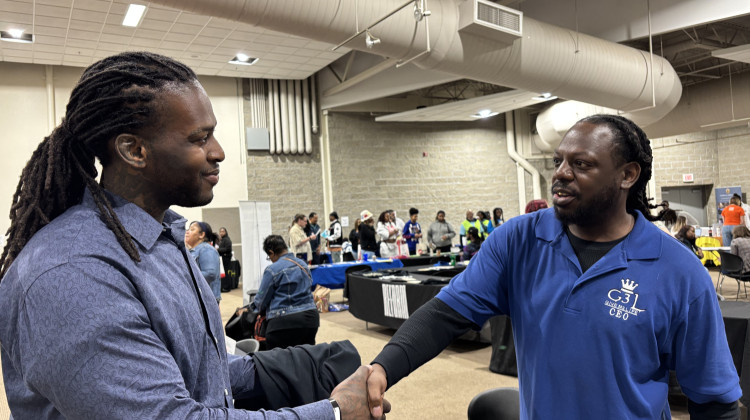
The Indianapolis Zoo has announced that 22-year-old Sumatran orangutan Sirih is pregnant.
Indianapolis ZooINDIANAPOLIS — Just in time for Orangutan Caring Week, the Indianapolis Zoo announced today 22-year-old Sumatran orangutan Sirih’s pregnancy – the first for the Simon Skjodt International Orangutan Center.
The zoo is inviting guests to follow an orangutan through her pregnancy and will highlight exciting milestones in anticipation of the baby’s arrival – which officials say is a significant success for Indianapolis and the zoo community.
The zoo will keep the public up to date on Sirih’s pregnancy through monthly updates, “Ask About Sirih” live events and social media interactions.
“One of our primary goals for the Center is to offer the orangutans as many social choices as possible, and an infant will only increase the richness of their environment,” said Dr. Rob Shumaker, the Indianapolis Zoo’s Supervising VP of Conservation, Science and Education. “Many of the female apes have never met a baby before, so this will be as new and remarkable for them as it will be for our Zoo visitors.”
The baby will be the second offspring for Sirih, who had a daughter in 2003 while she lived at the Frankfurt Zoo in Germany. Both mother and first time father, 14-year-old Basan, are Sumatran orangutans, a species listed as a critically endangered by the IUCN, with only about 6,500 left in the wild.
Sirih and Basan were recommended as a breeding pair through the Association of Zoos and Aquariums’ Species Survival Plan, which helps to ensure the sustainability of a healthy, genetically diverse and demographically varied AZA population.
Orangutans have the longest interbirth intervals of all land mammals, and mothers bond very closely with their offspring. After the birth, Sirih will spend the next seven to nine years in the mom role, while the baby learns what to eat, how to climb, build nests and socialize with the other apes in the Center.
 DONATE
DONATE








 Support WFYI. We can't do it without you.
Support WFYI. We can't do it without you.